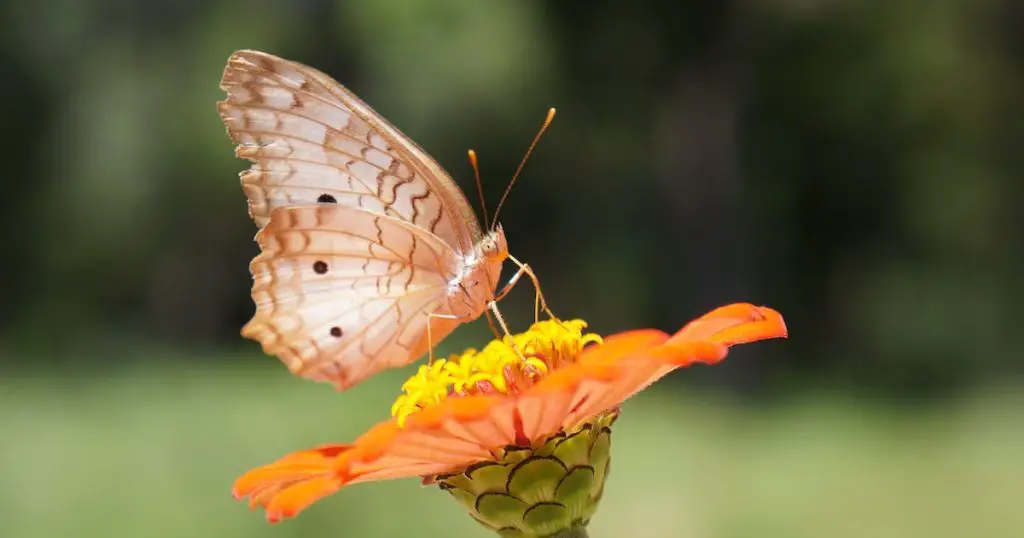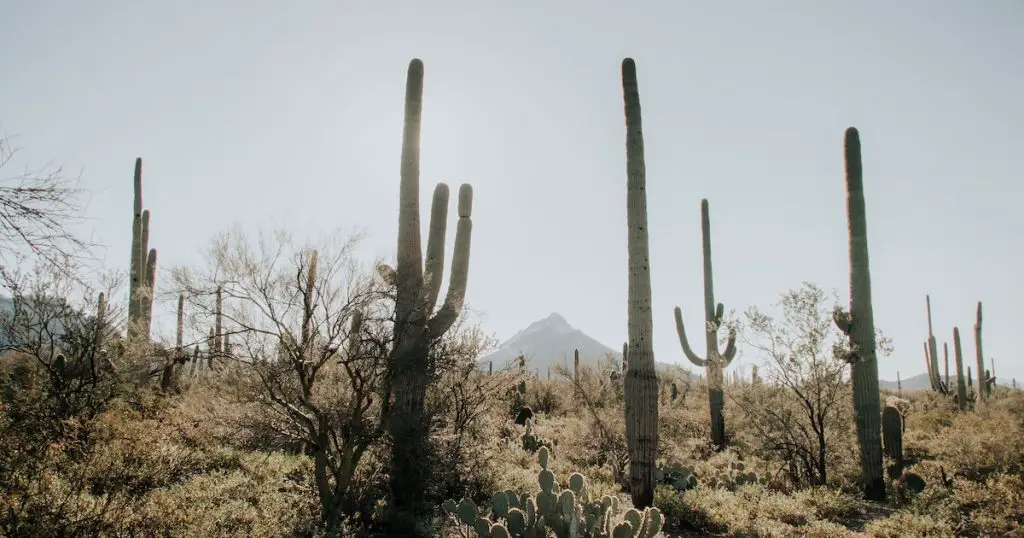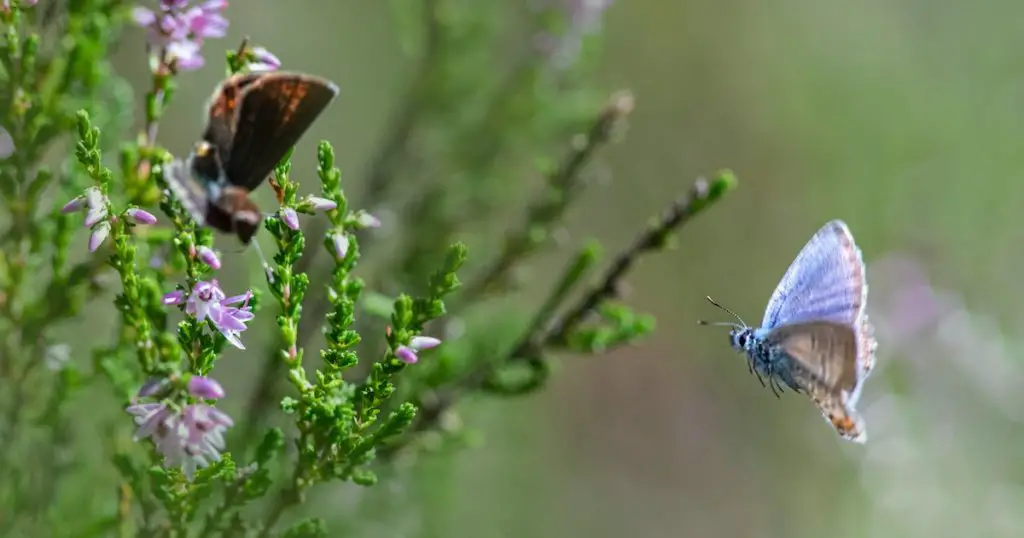Prescott, Arizona, with its unique geographical and climatic setting, is home to a rich array of native plant species. These plants have adapted and thrived over centuries, painting a picture of the region’s natural history.

By delving into the native plant species in Prescott, Arizona, we uncover not only their beauty but also their ecological significance. This exploration provides insights into their role within ecosystems, their historical context, and the growing importance of their conservation.
Historical Context
The botanical world of Prescott is a beautiful tapestry, woven with history and culture. Long before modern botanists began their studies, indigenous peoples had a profound relationship with the region’s plants.
Native plants played an integral role in the daily lives of indigenous communities. From medicinal applications to culinary uses and spiritual rituals, these plants were deeply revered. The Yavapai, for instance, utilized the resources around them with great respect and understanding, ensuring sustainability.
Early botanical explorers, drawn by the region’s diversity, laid the groundwork for today’s understanding. Their meticulous records, often available at institutions like the Desert Botanical Garden, provide invaluable references to researchers.
Forested Regions in Prescott
Forested regions in Prescott are enchanting landscapes, providing shelter to an array of flora and fauna. The rustle of leaves, the chirping of birds, and the presence of majestic trees give these forests a timeless appeal.
The Ponderosa Pine Forests stand tall as one of the area’s defining features. With their unmistakable aroma and towering presence, they create a mesmerizing backdrop. These forests harbor plants like the Arizona Cypress and Alligator Juniper, which play pivotal roles in the ecosystem by supporting wildlife and maintaining soil health.
Adjacent to these pine giants lie the Chaparral Ecosystems. Unlike their taller neighbors, these regions are characterized by shrubby plants, often adapted to drier conditions. Manzanita and Mountain Mahogany dominate, with their ability to withstand fire, making them essential players in the natural cycle of forest rejuvenation.
Grassland Ecosystems
A significant portion of Prescott is adorned by sweeping grasslands. These areas, with their undulating greens, offer serene vistas and support diverse life.
Grassland ecosystems are not just vast stretches of grass. They host a variety of native species like the Blue Grama and the Arizona Fescue. These grasses, with their deep roots, combat soil erosion and provide fodder for grazing animals.
Furthermore, grasslands play a broader role in the ecosystem, acting as transitional zones between forests and deserts. They balance the regional biodiversity and have an understated beauty, especially when wildflowers, such as the Indian Paintbrush, bloom amidst them.
Riparian Zones

Water, the elixir of life, shapes landscapes in profound ways. The riparian zones of Prescott are clear testimony to this fact.
These zones, nestled alongside watercourses, are rich in biodiversity. Native trees like the Fremont Cottonwood and Goodding’s Willow create a canopy, under which shrubs and smaller plants thrive. Their roots stabilize riverbanks, mitigating the impacts of floods.
Watercourses, from meandering streams to bustling rivers, play a pivotal role. They determine the distribution of plant species, with certain plants found only in proximity to these water sources. Their presence ensures that the riparian zones remain verdant, even in the drier months.
Desert Transitions
Prescott’s landscapes also encompass areas where forests give way to the allure of the desert. These transitions are zones of remarkable adaptations.
High desert regions present a stark, yet captivating, panorama. Plants here, like the Prickly Pear Cactus and the Agave, have evolved to store water and reduce evaporation. Their unique structures and colors are not just aesthetically pleasing but are also testimonies to their resilience.
Adaptations to arid conditions are multifaceted. Some plants develop extensive root systems, while others have waxy coatings on their leaves to minimize water loss. These strategies are crucial in an environment where water is a luxury.
Unique Plant Adaptations
The diverse landscapes of Prescott demand remarkable adaptations from its flora. These evolutionary marvels are a testament to nature’s ingenuity.
- Drought resistance: Many native plants, such as the Yucca, employ mechanisms like succulence, storing water in their leaves or stems.
- Fire adaptations: Species like the Chaparral hone their regenerative capacities, sprouting quickly after fires.
- Plant-animal interactions: The Joshua Tree and the Yucca Moth share a symbiotic relationship, showcasing co-evolution at its finest.
Each adaptation, be it structural or behavioral, ensures the plant’s survival, making Prescott’s ecosystem dynamic and resilient.
Threats to Native Plants
Sadly, not all is well in Prescott’s botanical paradise. Several threats loom, casting shadows on the future of these native wonders.
Urban development, with its insatiable appetite for land, often encroaches upon natural habitats. As buildings rise, habitats shrink, leading to fragmented ecosystems and stressed plant populations.
Invasive species pose another significant challenge. Plants like the Buffelgrass, not native to the region, outcompete locals for resources. Their unchecked growth can disrupt the balance, as seen in numerous studies.
Climate change, the omnipresent specter, also affects Prescott. Altered precipitation patterns and rising temperatures stress native species, pushing them towards precarious futures.
Conservation Efforts
However, amidst the challenges, hope springs. Conservation efforts in Prescott are gaining momentum, fueled by community participation and scientific insights.
Local regulations, underpinned by research from institutions like the University of Arizona, offer protections to critical habitats. These legal frameworks are vital in guiding sustainable development, ensuring that growth doesn’t come at nature’s expense.
Community engagement, through initiatives like plant rescue missions and educational programs, has garnered widespread support. When residents understand the value of their green neighbors, they become active participants in conservation.

Ecotourism and Native Plants
Prescott’s botanical wonders don’t just inspire scientists; they captivate visitors too. Ecotourism, rooted in sustainable principles, is blossoming in the region.
Botanical gardens, like the ones in Prescott College, offer curated experiences. These spaces, blending education with aesthetics, immerse visitors in the world of native plants.
Guided tours, often led by local experts, provide insights into the flora’s ecological roles, historical significance, and unique adaptations. The revenues generated fund conservation projects, creating a virtuous cycle.
Gardening with Native Plants
For those with a green thumb, bringing a slice of Prescott’s wilderness to your backyard can be a rewarding experience. Gardening with native plants offers a multitude of benefits.
Native plants, having evolved in local conditions, typically require less maintenance. They are attuned to Prescott’s climate, making them more drought-resistant and less dependent on fertilizers. This not only conserves water but also reduces the need for chemicals.
Furthermore, native gardens become mini-ecosystems. They attract local pollinators like bees, butterflies, and birds, creating a dynamic space buzzing with life. The National Wildlife Federation provides resources on how to create wildlife-friendly habitats using native plants.
While many choose native plants for their ecological benefits, they also have aesthetic and culinary merits. Plants like the Wild Bergamot not only beautify spaces but can also be used in teas and dishes, adding a local flavor to meals.

FAQs:
In this section, we will be delving into some of the most common inquiries and curiosities that surround our topic.
What are the most common native flowers in Prescott?
Among many, the Indian Paintbrush, Desert Marigold, and Penstemon are quite common and vibrant.
How have native plants adapted to Prescott’s climate?
They have evolved various strategies like drought resistance, fire regeneration, and deep root systems.
Can I cultivate native plants in my backyard?
Absolutely! Native plants are well-suited to local conditions, requiring less water and care than non-natives. Plus, they attract local wildlife like birds and pollinators.
How can one contribute to the conservation of Prescott’s native plants?
Participation in local conservation programs, supporting ecological tourism, and even simple acts like planting native species in gardens can make a difference.
Conclusion
The native plant species of Prescott, Arizona, paint a vivid picture of the region’s ecological richness. Each plant, with its unique story and adaptations, contributes to the intricate web of life that defines Prescott’s landscapes.
As we step into the future, it becomes imperative to recognize the value of these botanical wonders. Through understanding, appreciation, and proactive conservation, we can ensure that the verdant wonders of Prescott remain for generations to come.



Leave a Comment
You must be logged in to post a comment.